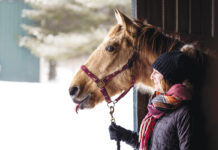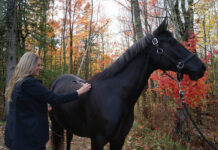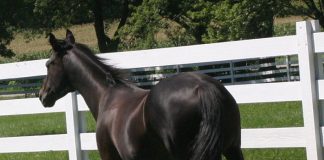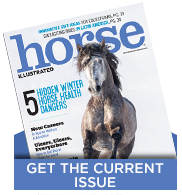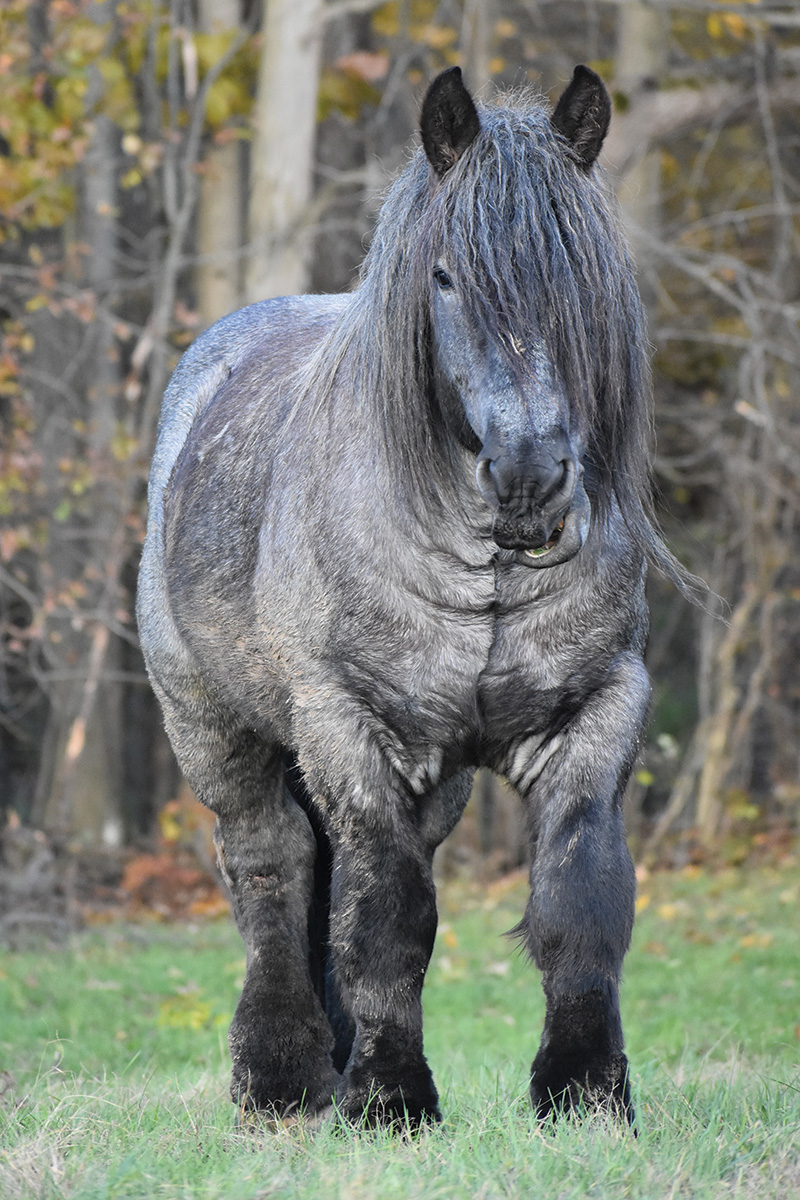
The oldest of all draft breeds, the European Brabant has been known by many names over the centuries. Once called the Flanders Horse, Dutch Draft and Brabander, the horse known today as the European Brabant has the same basic personality and physical characteristics as it did 2,000 years ago when Julius Caesar mentioned the breed in his diaries and when King John of England imported 100 studs to his private livery in 1199 AD.
Thanks to the efforts of those who cherish this breed, the European Brabant is still part of the horse world. Though rare (the Livestock Conservancy is currently studying them for possible inclusion on its critical list), the breed is still valued by those who appreciate its massive strength, kind disposition and fascinating history.
U.S. Preservation
Known in Europe as the Belgian Draft Horse, the European Brabant was first imported to America in the 1880s. Over time, American breeders began breeding for a lighter draft horse, and the American Belgian became distinctly different from the European strain. Today in the U.S., the Belgian and the European Brabant are two completely separate breeds.
In an effort to preserve the ancient European Brabant, breeders and enthusiasts in the U.S. and Canada recently banded together to form the European Brabant Registry of America (EBRA). Since its founding in October 2021, the EBRA has concentrated its efforts on preservation by establishing the European Brabant and Brabant Stock Studbooks, as well as the critical “Breed Up” Program, which is designed to expand the breed’s gene pool.
The EBRA also offers draft horse educational clinics to the general public as a means of promoting the positive attributes of all heavy horse breeds. Ultimately, the EBRA wants to ensure the original gentle giant—the European Brabant—and its descendants remain intact for future generations.
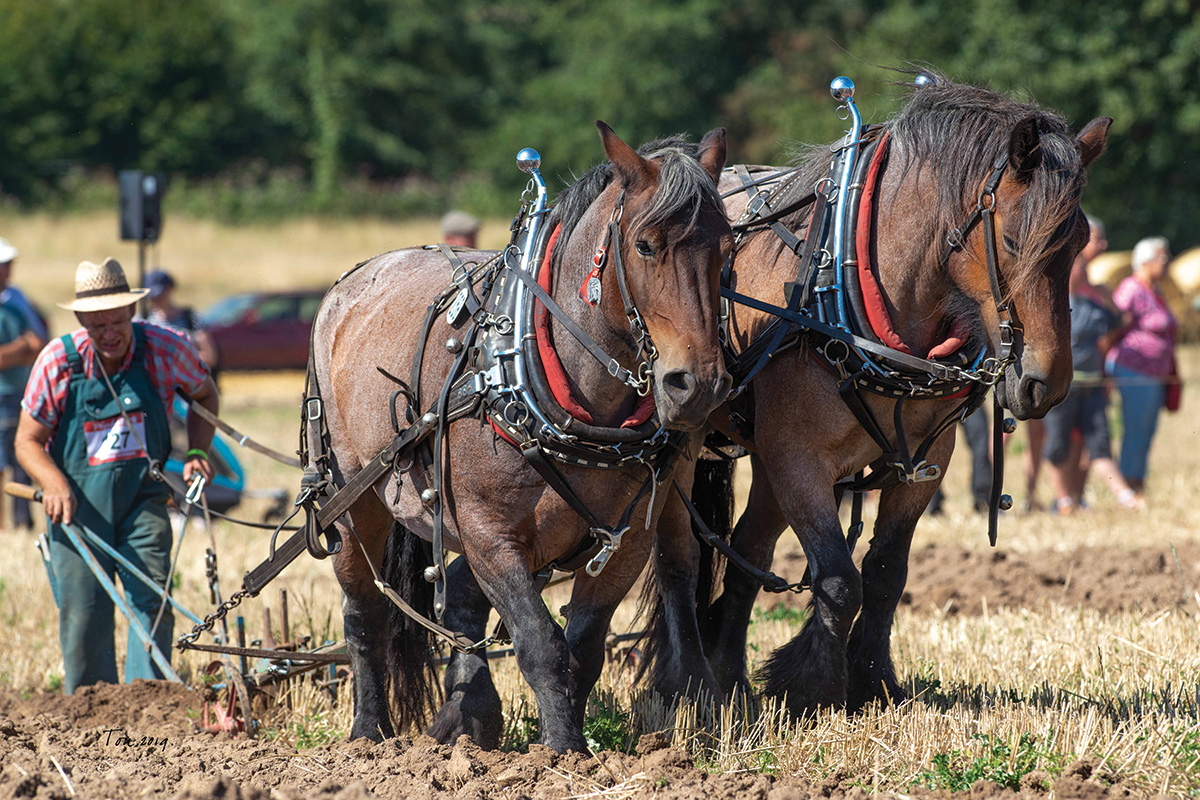
Across the globe, European Brabants are still hard at work in a myriad of jobs. Because they are such strong and tractable work horses, they are still active in the timber and farming industries. They also work chest-deep in water, dragging fishing nets and pulling barges next to canals in Europe.
In the U.S., European Brabants are often ridden. They are used in equine therapy programs, backcountry packing and trekking outfits, as school horses, and in dressage and show jumping. They also compete in single and teams driving, vaulting and circus acts.
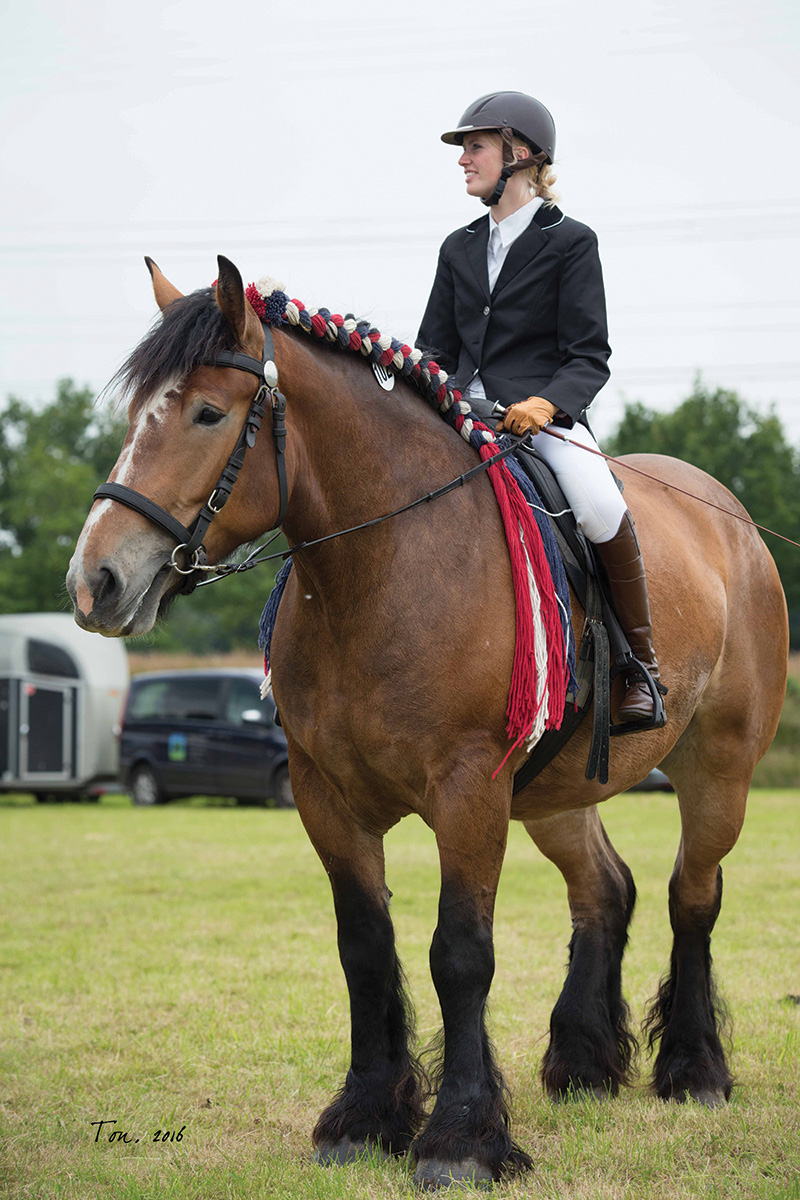
European Brabant Breed Facts
◆ Height: 15 to 18 hands; average is 16.2 hands
◆ Color: Chestnut, bay, black, blue roan, red roan, strawberry roan, bay roan and gray. Some white markings on the face and legs are permitted.
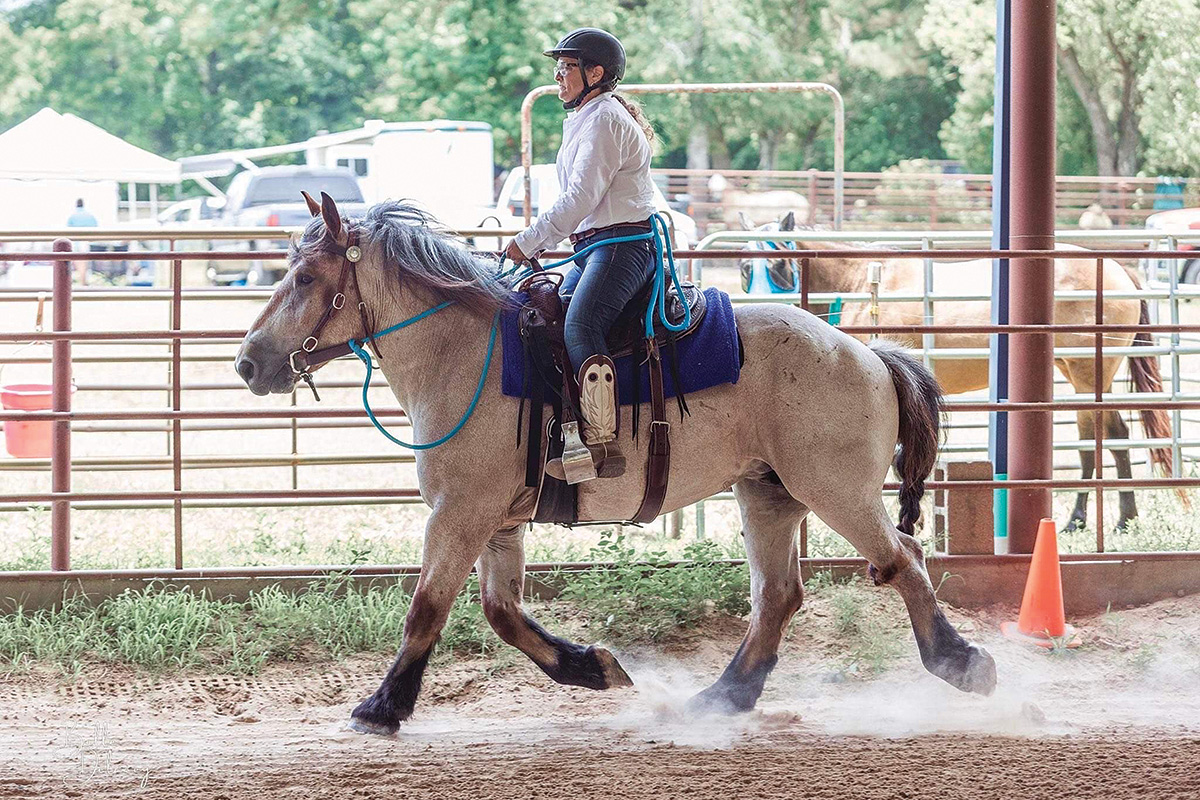
◆ Overall Appearance: Balanced and slightly rectangular in shape; ample, robust leg bone and a double-muscled hindquarter with a wide, long, slightly sloped croup. Well-muscled neck and a straight profile with a proud head carriage. The head should appear slightly smaller and refined for a horse of such large proportions. The eye is large and kind.
◆ Association: European Brabant Registry of America
The American BrabantIn the U.S. draft horse world, two different “Brabants” can be found: the European Brabant and the American Brabant. Despite the similarity in their names, these are two very different breeds. According to the American Brabant Association, American Brabants are a cross between European Belgians and American Belgians, plus select Percheron and Suffolk mares. Registered American Brabants have 25 to 99 percent European Belgian bloodlines. American Brabants present with a variety of appearances, but are typically shorter in stature, short-coupled and thick-boned, with a good head and kind eye. Their calm, willing disposition makes them suitable for a wide range of jobs. They are most commonly found performing farm work, logging and pulling wagons. American Brabants stand 15.2 to 17 hands and come in bay, black, and sorrel/chestnut. These base colors can be roaned, resulting in bay roan, blue roan, red roan and strawberry roan colorations. The rarest color is gray. For more information on the American Brabant, visit americanbrabant.org. |
Key Takeaway
According to those who love this breed, European Brabants are much more than draft animals; they are loving companions who want nothing more than to be with their humans, whether it’s on the trail under saddle or cuddling in the pasture.
This article appeared in the April 2024 issue of Horse Illustrated magazine. Click here to subscribe!

